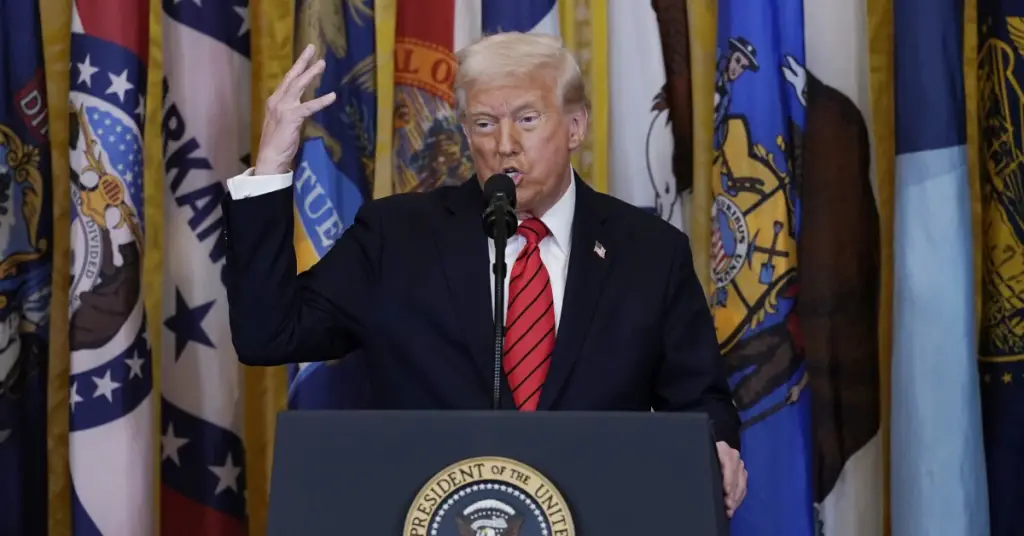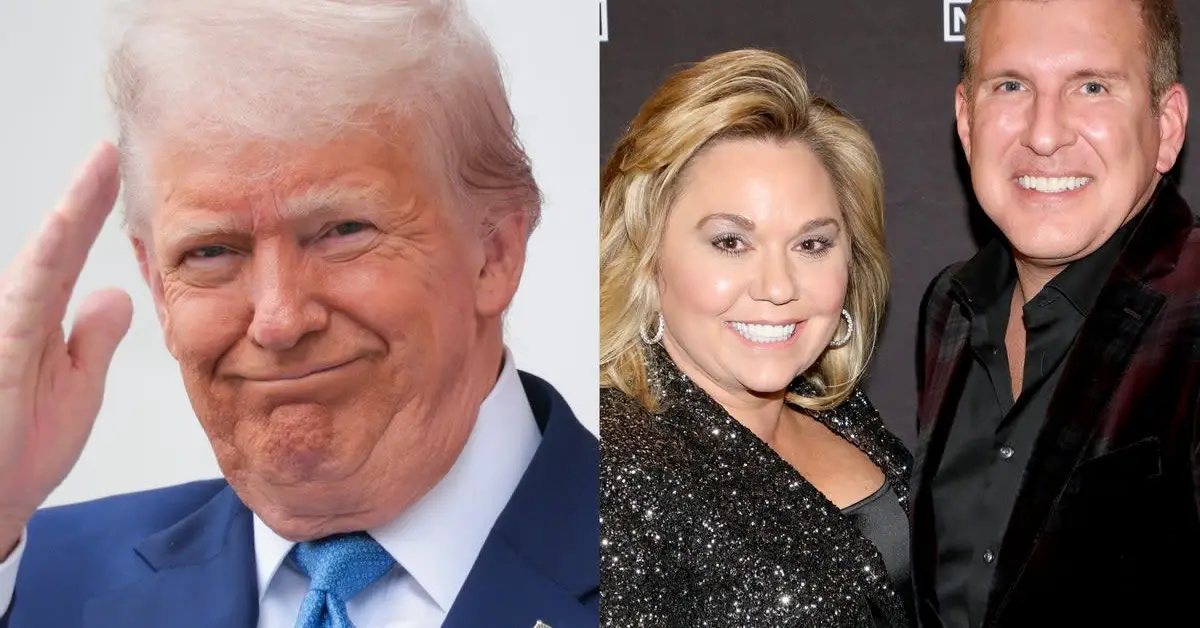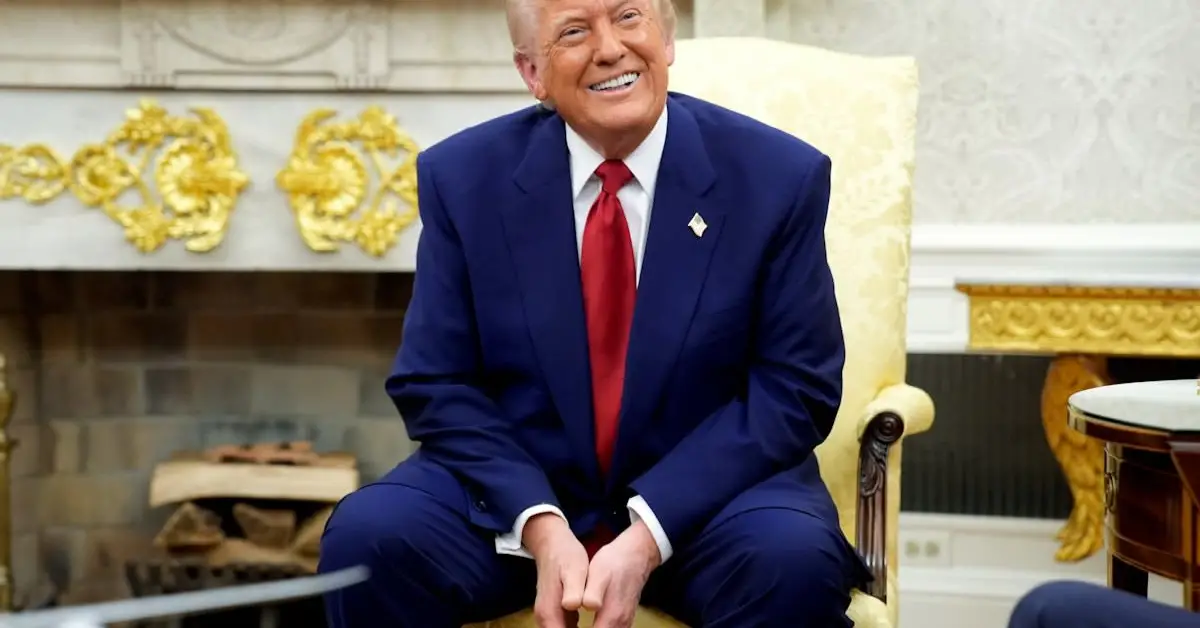Trade happens every day between countries around the world. We buy goods, sell products, and exchange services to help our economies grow. But when it comes to discussing the U.S. economy, one word that often comes up is the “trade deficit.” Some of the biggest names in politics and business, including former President Donald Trump, have frequently mentioned it, but do they really understand what it means? Let’s break it down so it’s easy to understand.
What Is a Trade Deficit?
Simply put, a trade deficit happens when a country imports (buys) more goods and services from other countries than it exports (sells) to them. This creates an imbalance in trade. Imagine you’re running a business and buying more from suppliers than you’re selling to customers. The difference between what you owe and what you earn is your “deficit.”
For example, if the U.S. imports $500 billion worth of products like cars, electronics, and clothing from other countries but only exports $400 billion, it would have a trade deficit of $100 billion.
Trade Deficit vs. Trade Surplus
It’s important to note that a trade deficit is not necessarily bad. The opposite of a deficit is a “trade surplus,” which happens when a country exports more than it imports. Both scenarios—surplus and deficit—can occur naturally, and each has its pros and cons.
A surplus means a country is selling more to the world, which can lead to stronger economic growth and more jobs. However, it can also mean that domestic consumers have fewer products available at lower prices.
On the other hand, a trade deficit can indicate that a country is importing more, which could benefit consumers by providing a wider variety of products at lower prices. However, it also means that the government is borrowing money to finance the imbalance, which could lead to financial problems in the long term.
The Trump Era and Trade Deficits
When Donald Trump was president, he often criticized the trade deficit, especially with countries like China. He argued that the U.S. was getting the short end of the stick because other countries were taking advantage of trade deals. Trump’s administration tried to address the trade deficit by imposing tariffs (taxes on imports) to make foreign goods more expensive and encourage U.S. companies to buy American-made products.

While his approach was controversial and led to tensions with other countries, trade deficits have been a feature of the U.S. economy for decades, long before Trump took office. Some economists argue that focusing too much on the deficit isn’t always helpful. The U.S. runs a trade deficit with many countries, but it also has many advantages, like being able to borrow money at low interest rates due to its position as a global economic leader.
Why Does the U.S. Have a Trade Deficit?
The U.S. has had a trade deficit for many years, and there are a few key reasons for it. One reason is that Americans tend to buy a lot of goods from other countries, especially things like electronics and cars, which are often cheaper or of higher quality than domestically produced alternatives. Another reason is that the U.S. dollar is a global reserve currency, meaning it’s in high demand worldwide. This makes it easier for the U.S. to borrow money to pay for imports.
Countries like China and Germany have been known to keep their currencies undervalued to make their products cheaper for other countries to buy, which can lead to more imports into the U.S. While the U.S. imports a lot, it also exports many goods, like agricultural products, technology, and entertainment, to other countries. But the value of imports often outweighs the value of exports, leading to a trade deficit.
Should the U.S. Worry About a Trade Deficit?
Here’s the tricky part: whether a trade deficit is a problem really depends on how you look at it. On one hand, running a trade deficit could mean that Americans have access to cheaper goods, which is good for consumers. It also shows that other countries are willing to buy U.S. dollars, which keeps the value of the U.S. currency strong.
On the other hand, borrowing money to pay for imports can have long-term consequences. If the U.S. keeps importing more than it exports, it could lead to more debt and a reliance on foreign countries to finance that debt. This could create instability in the future if the government can’t pay back its loans.
The U.S. government and economists have different views on how to handle the trade deficit. Some argue for policies that would reduce the deficit, such as imposing tariffs or encouraging American companies to keep production in the U.S. Others believe that focusing too much on the deficit can be counterproductive and that the country’s overall economic health is more important.
Conclusion
So, does Donald Trump really understand what a trade deficit is? The answer is complicated. Trump’s focus on reducing the trade deficit through tariffs and trade wars was an attempt to address what he saw as an imbalance in international trade. While it’s true that the U.S. has run a trade deficit for many years, it’s important to remember that the issue is more nuanced than it might seem.
A trade deficit is just one part of a much larger economic picture. Whether it’s good or bad depends on various factors, including how a country uses its trade relationships, manages its debt, and invests in its economy. Understanding the trade deficit is important, but it’s also important to know that it’s not the whole story when it comes to a nation’s economic health.
Disclaimer: This article has been meticulously fact-checked by our team to ensure accuracy and uphold transparency. We strive to deliver trustworthy and dependable content to our readers.




